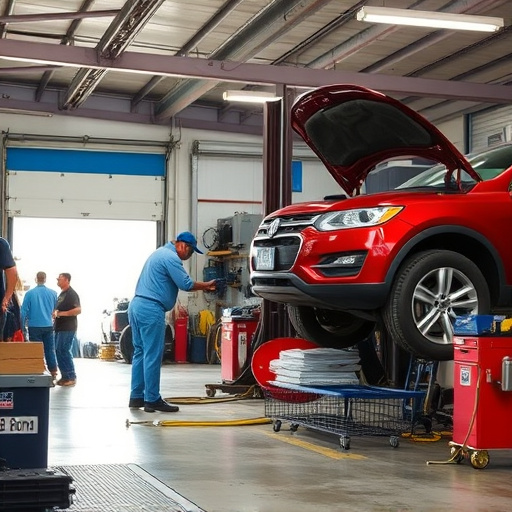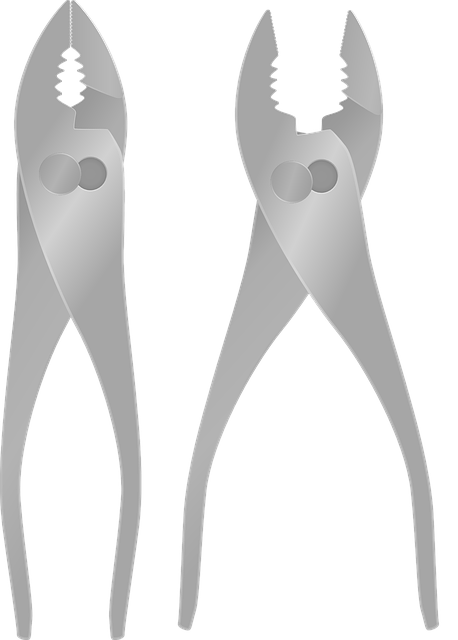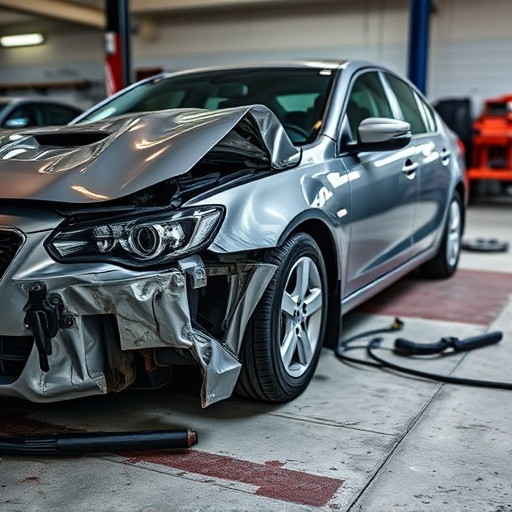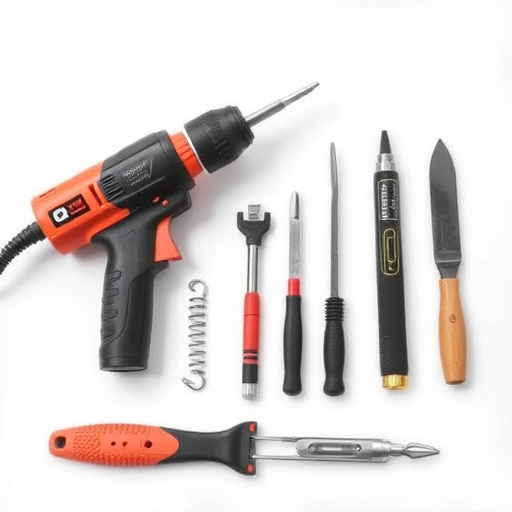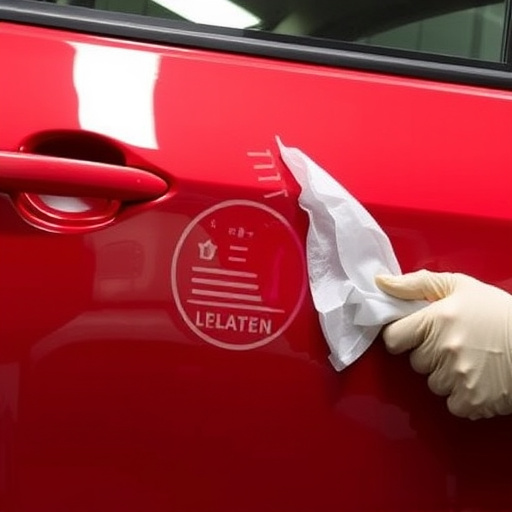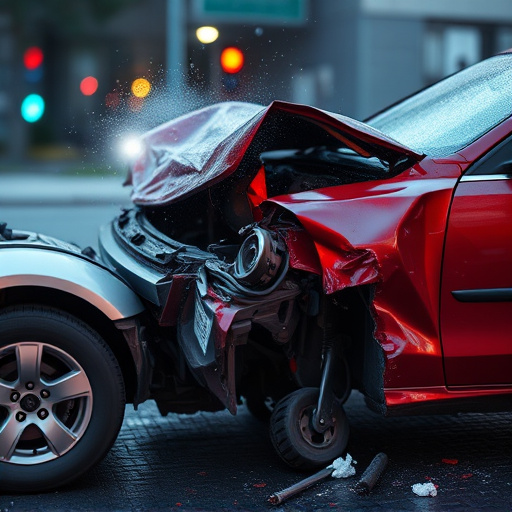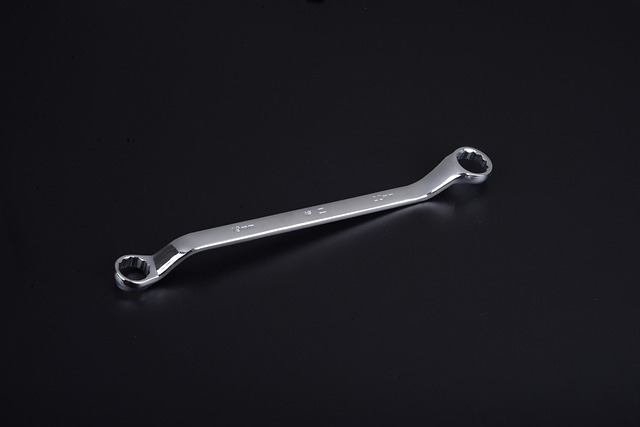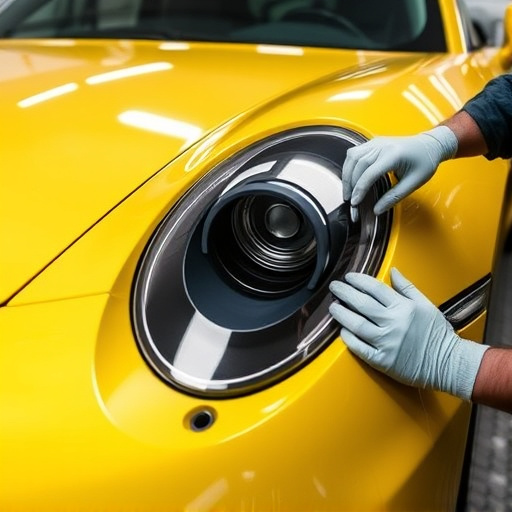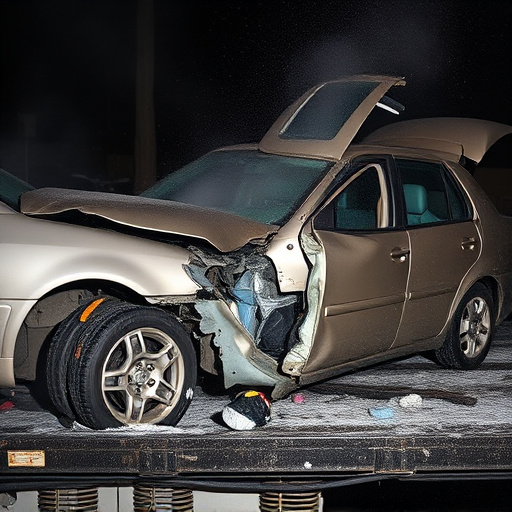Paintless dent repair (PDR) is an efficient method for accurate bumper repair, minimizing damage to surrounding paint. The process involves a detailed inspection using specialized tools to determine dent complexity and location. Technicians apply precise techniques to gently pull dents out of shape, ensuring complete removal without additional damage. With skilled technicians and consideration of environmental factors, PDR optimizes repair times while maintaining accuracy, crucial for competitive automotive body shops and collision centers.
“Uncover the secrets behind accurate paintless dent repair (PDR) time forecasting. With PDR gaining popularity as a efficient, non-invasive restoration method, timely service delivery is crucial for customer satisfaction. This article delves into the intricate processes of PDR, explores factors impacting time estimation accuracy, and provides best practices to ensure consistent, on-time repairs.
By understanding these key aspects, professionals can optimize their techniques, enhance productivity, and meet client expectations regarding paintless dent repair time.”
- Understanding Paintless Dent Repair Processes
- Factors Affecting Time Forecasting Accuracy
- Best Practices for Timely and Accurate Repairs
Understanding Paintless Dent Repair Processes

Paintless dent repair (PDR) is a specialized process that has gained significant popularity in the automotive industry as a game-changer for bumper repair and auto maintenance. Unlike traditional methods that involve sanding, blending, and repainting, PDR aims to restore dented panels back to their original state without affecting the surrounding paintwork. This non-invasive technique is known for its efficiency and accuracy in minimizing repair time compared to conventional collision repair.
The process begins with a thorough inspection of the damaged area using specialized tools and equipment. Technicians identify the depth, location, and type of dent, as these factors influence the repair approach. PDR utilizes various methods such as sliding, suction, or hammering techniques to gently push or pull the dented panel back into its original position. The precision and skill involved in this process are crucial to ensuring the dent is removed completely without causing further damage. Once the dent is corrected, a fine finish is applied to match the surrounding paint, making it virtually indistinguishable from the rest of the vehicle’s body. This level of craftsmanship ensures that not only is the car restored to its pre-accident condition, but also that the repair time is significantly reduced compared to traditional bumper repair methods.
Factors Affecting Time Forecasting Accuracy

The accuracy of paintless dent repair time forecasting is influenced by a multitude of factors, each playing a critical role in determining the outcome. One of the primary considerations is the complexity of the dent itself—the size, depth, and location of the damage can significantly impact the time required to complete the repair. For instance, a small, shallow dent on a panel might take just an hour, while a deep, intricate bend could extend the process by several hours or even days.
Additionally, the experience and skill of the technician involved in mercedes benz repair or any collision repair center’s paintless dent repair services are paramount. Trained professionals can often work more efficiently, accounting for their own nuances in the repair process. Environmental conditions, such as temperature and humidity, can also affect drying times and overall productivity, underscoring the importance of controlled workshop environments in ensuring precise time forecasting for paintless dent repair.
Best Practices for Timely and Accurate Repairs
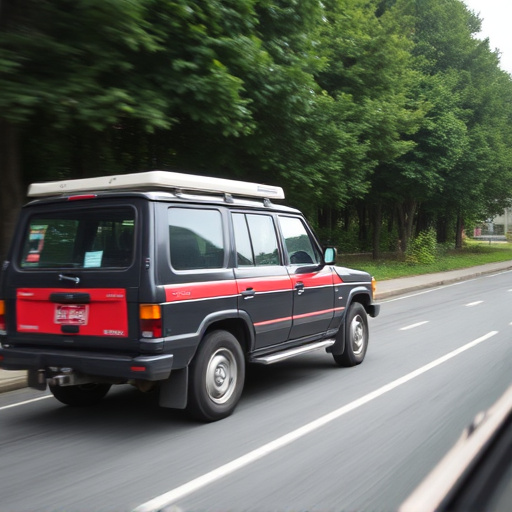
Ensuring timely and accurate paintless dent repair requires a systematic approach and adherence to best practices. The process begins with a thorough assessment of the damage, taking into account various factors such as the size and depth of the dent, its location on the vehicle, and the type of material used in construction. Accurate measurement is key; using specialized tools to capture precise dimensions helps technicians anticipate the required time for each step of the repair process.
Training and experience play a significant role in achieving consistent results. Skilled technicians should be equipped with the latest techniques and technology, enabling them to work efficiently while maintaining high standards. Regular updates on industry best practices and advancements in paintless dent repair technology ensure that both the automotive body shop and collision repair center remain competitive and offer reliable services. This includes staying informed about new tools, equipment, and methods that can streamline the process without compromising accuracy.
Accurately forecasting paintless dent repair (PDR) times is a complex task, influenced by various factors. By understanding these processes and implementing best practices, technicians can significantly enhance their efficiency. Considering the variables discussed in this article, such as damage severity, metal types, and environmental conditions, it’s feasible to achieve timely and precise PDR outcomes. Adhering to recommended procedures ensures clients receive quality service without unnecessary delays, fostering a positive perception of PDR technology.

